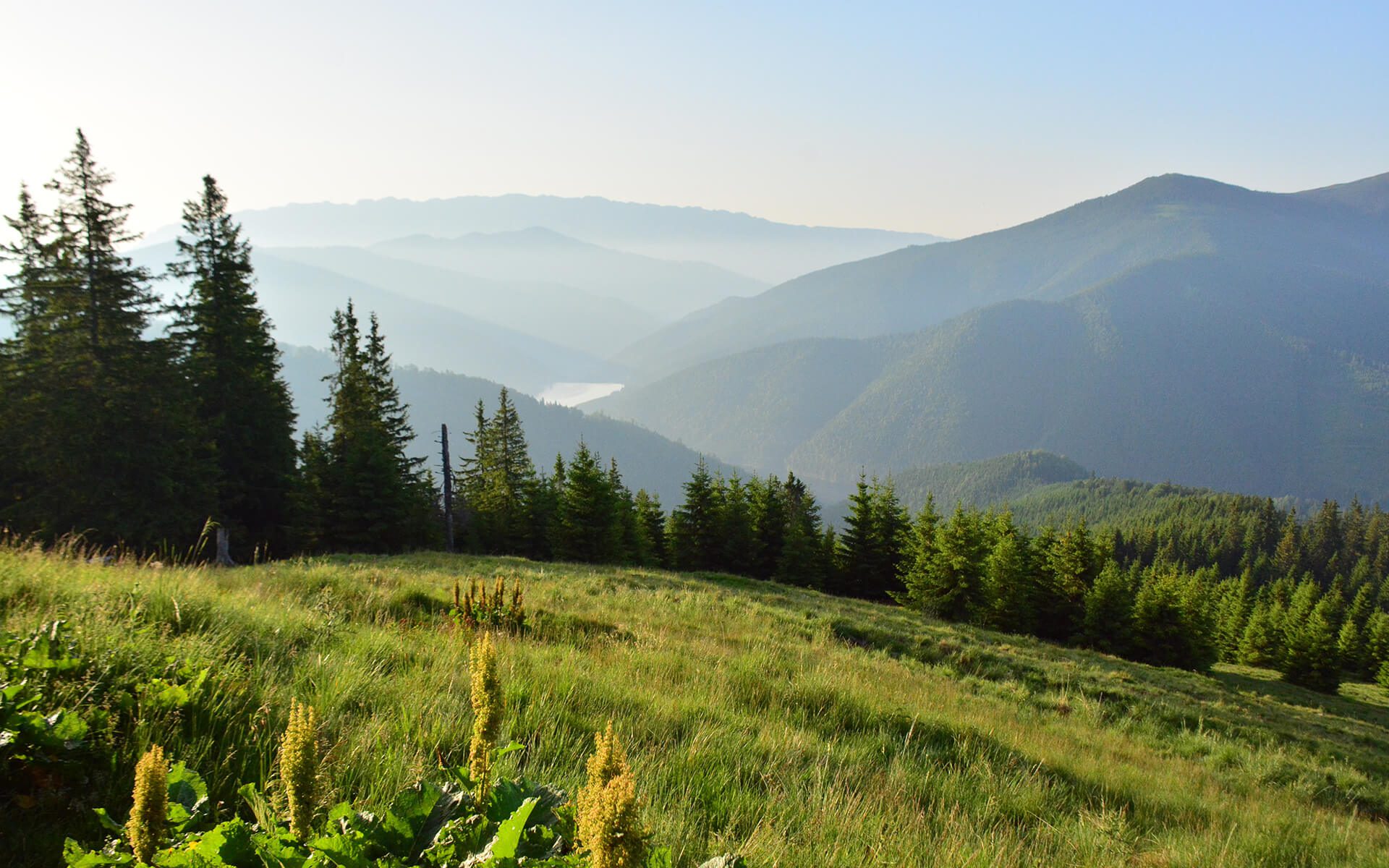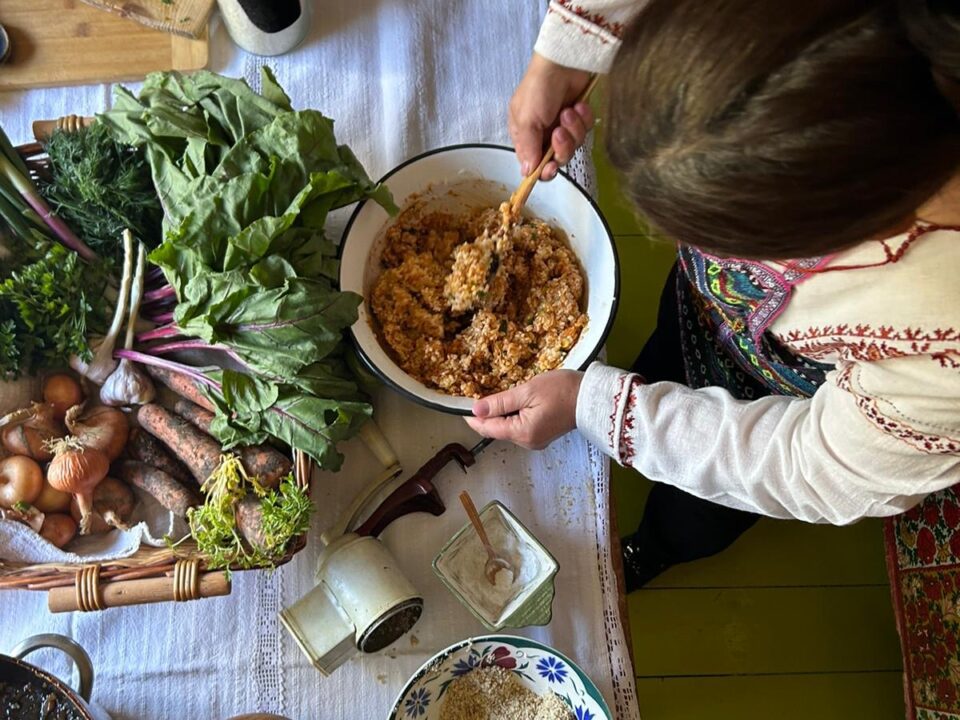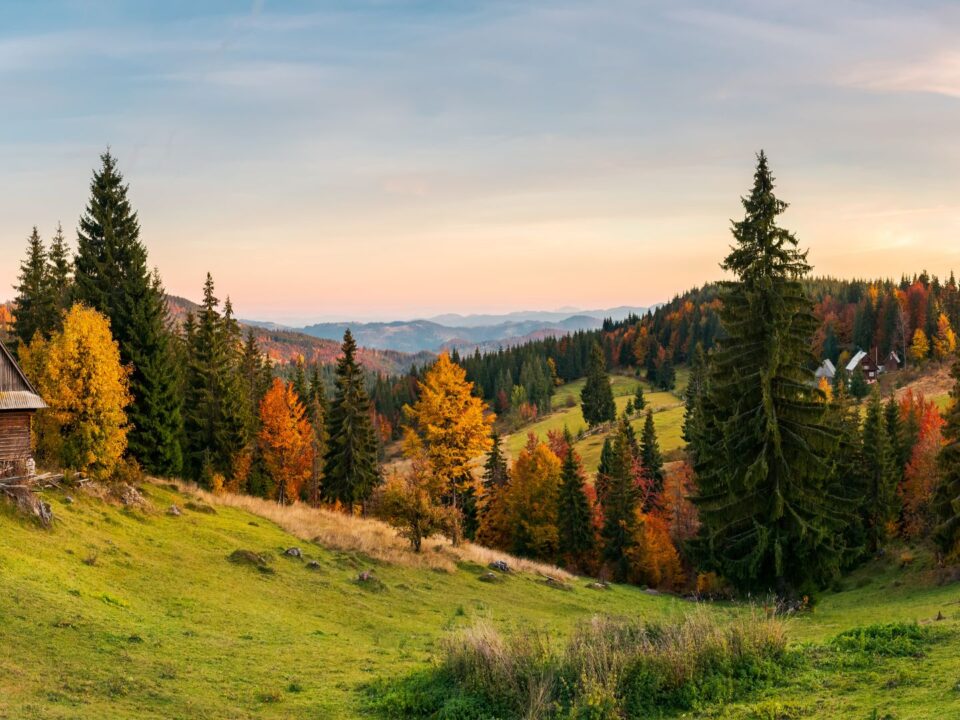
The Road To Targu Mures IV
January 26, 2022
The Best Places To Visit In Romania
March 16, 2022Constantin Brancusi, one of the most known sculptors in the world, was born on the 19th of February 1876 in Romania, in a village called Hobita.
Blending philosophy and architecture into sculpting, Constantin Brancusi is often called The Father of Modern Sculpture.
The early life of Constantin Brancusi
At 9 years of age, his father passed away, and 2 years later, when he was only 11, he ran away from home, marking the beginning of his incredible adventures through life.
He went to Targu Jiu, a city close to his village, where he started working as a wool painter. His adventure was cut short when his mother found him and took him back home.
He didn’t last long in the village, running away again, this time to a city farther away so that his mother couldn’t find him again.
He worked various jobs until his late teens. At 17, he was working in a restaurant when he challenged the owner that he can sculpt a violin in two weeks. He took a wooden crate, where the gem used to be kept, boiled the wood and finished the violin. Not only he sculpted it in two weeks, but he also played it.
Seeing his potential, the owner of the restaurant paid for private tutors for Constantin Brancusi, so that he can complete school.
At 18, he signed him up to the local Arts and Crafts School, Sculpture class. Constantin graduated in 4 years instead of 5, after which he pursued the Fine Arts School in Bucharest, where he started being commissioned for different works of art, some of which are still exposed throughout the city.
After graduating from the Fine Arts School in Bucharest, he was offered a teacher of calligraphy and drawing position in another city. He refused it, and at age 27, he started his walking journey to Paris.
It took him one year, during which he stopped in Budapest, Vienna, Munich, and Basel, and on the 16th of July 1903, he reached Paris.
He signed up to the Fine Arts School in Paris, where he studied for 2 years before being expelled; 30 was the maximum age allowed for students to still be enrolled.
Constantin Brancusi later told friends that actually this was a good thing that happened because there was nothing left for him to learn in school. He got a job washing dishes in a restaurant, while also continuing sculpting in his workshop.
Constantin Brancusi’s contribution to modern sculpture
Starting 1907 begins his affirmation period. In 1910, he started the Mademoiselle Pogany series. Mademoiselle Pogany was one of Brancusi’s girlfriends, who was studying painting in Paris.
Mademoiselle Pogany version I, 1913 (after a marble of 1912), can be seen at the Museum of Modern Art (MoMA) in Manhattan.

In 1920 Constantin Brancusi sculpted the first version of the Endless Column in oak wood. The height was 7 meters and 17 centimeters and he sculpted it in 3 days for a friend in Paris.
He later built The Endless Column in cast iron and steel in 1938. It can be visited in Targu-Jiu, Romania.

In 1927, he travels to America to present Maiastra, which has 27 variants, at the Brummer Gallery in New York.
He was fined 210 USD by the US Customs for Maiastra because they considered it an industrial piece, not a work of art. In 2017 a variant of Maistra was sold for 27 million USD.
The irony of this story is that as a result of Brancusi’s suit to recover the fine, which he won 3 years later, laws for importing works of art were changed in the US.
In 1935 he was commissioned to create a monument in the memory of fallen heroes of the First World War, in Targu Jiu, the city close to his village.
He accepted the proposal and in 1937 he created The Gate Of The Kiss, Alley Of The Chairs, The Table Of Silence.


The death and legacy of Brancusi
Constantin Brancusi passed away on the 16th of March 1957, at 81. He is buried in Paris, at the Montparnasse cemetery.
In 1956, Brancusi wanted to donate 144 works of art to the Romanian state. However, his offer was denied on grounds that his works have no value. After this refusal, Brancusi has donated his works to France. Because the French state couldn’t accept donations from foreign citizens, Constantin Brancusi became a French citizen, in order to complete the donation.
Some of his work can be seen at The Guggenheim Museum, The Met Museum, or The Museum of Modern Art (MoMA).
To discover his works in Romania, e-mail us here.




